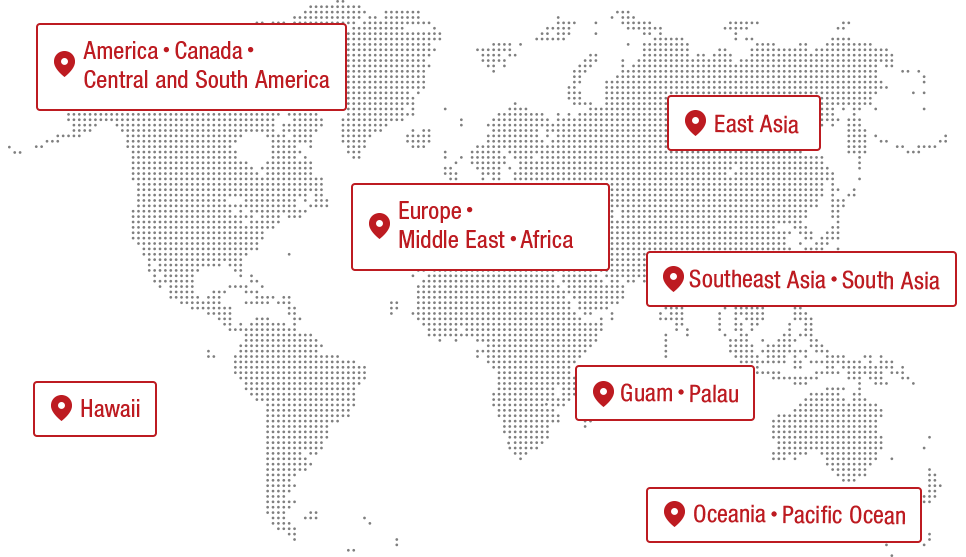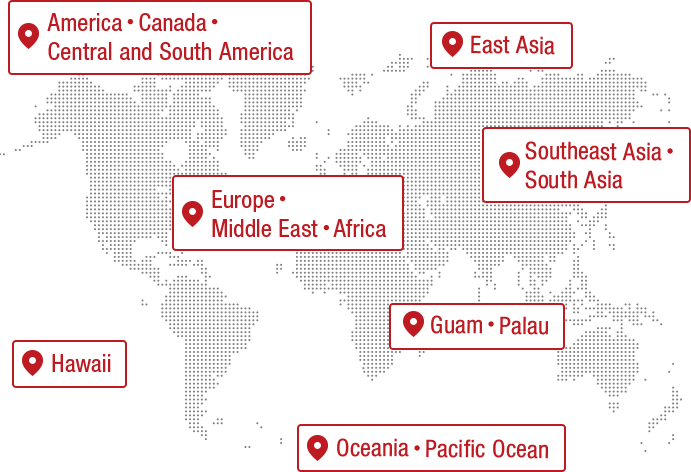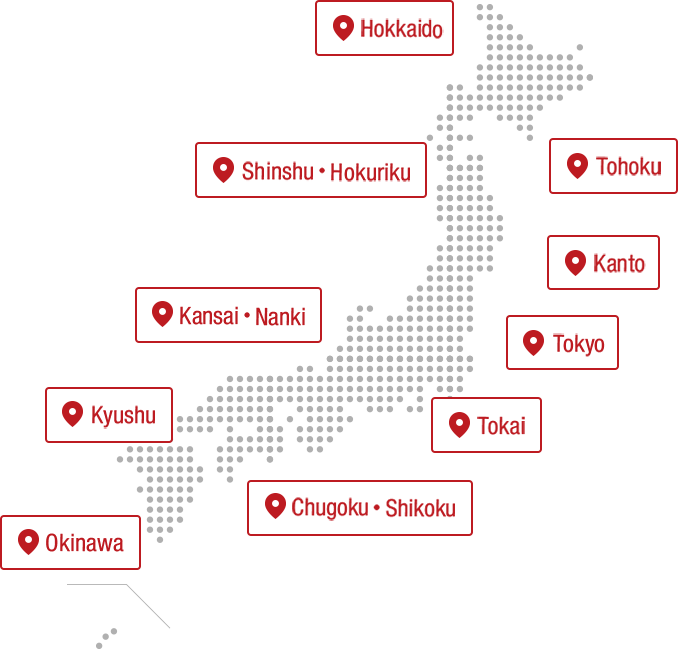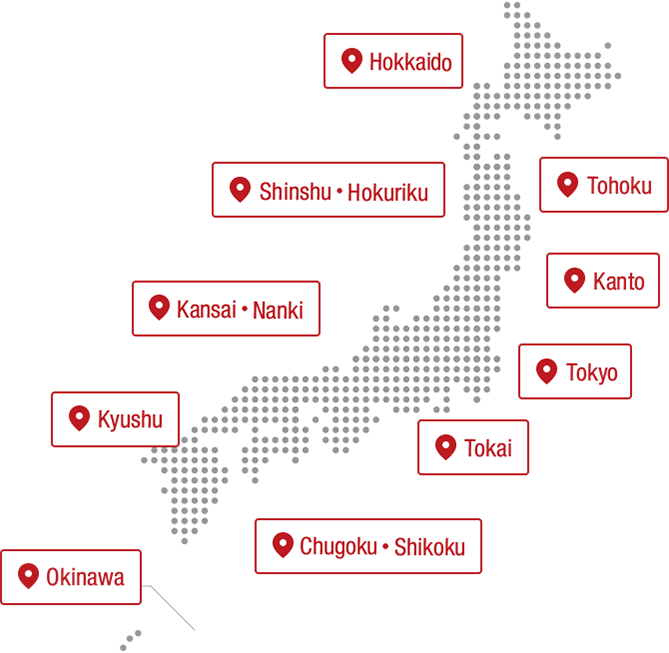
Ai Nishimura
Administrator of the blog "My Diary," which began in 2004. A writer who has traveled to all 47 prefectures and loves local culture and history.
Author of Shimane's "Geography, Place Names, and Maps" Mysteries (Jitsugyo no Nihonsha), My Town is the "Number One in Japan" Dictionary (PHP Institute), and Prefectures Explained in Neko Neko Japanese History (Jitsugyo no Nihonsha). Official blogger for Suntory Gourmet Guide, official top user for Retty, and official platinum blogger for Excite.
Use the "Hakodate Special Ticket" to get around the city at a discount
I want to travel around Hakodate by tram.
Take a tram through the retro streets and explore the condensed and charming city of Hakodate.
Hakodate is close to the mountains and the sea, with many slopes connecting them, and Western-style houses and historical buildings can be seen all over the city.
The buildings are low and the sky is wide! There is a laid-back view of the port, Mount Hakodate, and Goryokaku a little further away. I felt that it was a city with many symbolic things.
First, as soon as you arrive at Hakodate Airport, purchase the "Hakodate Special Ticket 2018"! This ticket includes unlimited rides on the city tram for one day (and unlimited rides on the bus as well) and 15 other tickets.
This special ticket, purchased now, can be used by the end of March 2019, so you don't have to use it all, but since it cannot be used in conjunction with cash, using it exactly the right amount feels like putting together a puzzle, which is exciting. You have to think about where and how to use it to get the best deal, how to save money so as not to spend too much from the beginning, and where to go... And how much will you save in the end?
It's a fun ticket that may be useful for your child's independent research project.
Hakodate, a city with trams.
For this trip, we will use the "Hakodate Special Ticket," which includes a one-day tram pass and 15 tickets that can be used as cash vouchers.
Present your ticket on the tram and exchange it for a one-day pass. Scratch off the date to use it.
This is a 15-ticket set. The number of tickets you can use is determined by the facility, so make sure you use them wisely!
A one-day pass is a free pass no matter how many times you ride. It costs 600 yen by itself, but you can get your money's worth by riding it three times.
The view of the city of Hakodate and the tram was very impressive.
A stroll along the coastline, taking in the history as you visit old storehouses and warehouses
The most popular spot in Hakodate is the area lined with warehouses along the sea and its surrounding areas.
A stylish spot that reminds you of Yokohama. Large ships and a calm bay. Large storehouses and old houses that give a sense of past prosperity have been tastefully renovated and turned into museums and souvenir shops.
There are also many photogenic spots, so you can fully enjoy the port city of Hakodate just by soaking up the atmosphere!
A brick warehouse on the bayside. This area is reclaimed land and is a symbol of the prosperity of Hakodate, when the city grew through shipping and other industries.
The weather was improving on this day. Mt. Hakodate was clearly visible.
At the Takadaya Kahei Museum, you can learn about Kahei's achievements in pioneering a sea route to the Northern Territories, a time when the seas were rough and navigation was difficult, as well as his upbringing. (Photography permission was given.)
Hisamoto... or rather Honkyu. The former Honkyu store warehouse. The blue color stands out.
There were rainy days, but also blue sky days. It was really pleasant at the bayside!
The Starbucks Hakodate Bay Area store was always crowded with people. It was close to the sea and had a stylish atmosphere.
This year marks the 30th anniversary of the transformation of many brick warehouses into shops and restaurants! This place is like a crossroads of history.
There are also many photogenic spots.
Behind Starbucks. Looks like an Instagram spot.
Hakodate Seafood Market. There are so many souvenirs from Hokkaido lined up. This place is also very stylish.
I heard that initially, there was a lack of technology to make bricks in Hokkaido, and many of them were of poor quality. Many were destroyed by fires, but they have been restored and can still be seen today.
The former warehouse was built using a wooden truss system to eliminate pillars and make it more spacious. Look up and take a look at the ceiling.
Use a special ticket to purchase a Snaffles cheesecake.
I walked along the seafront towards Hakodate Station. I walked from the bay area, but it's closer from the station.
"Otemachi House". The building here was simply beautiful.
The former Asano Cement is a nationally registered tangible cultural property.
The triple arches at the entrance welcome you. Inside is as elegant as a castle. It is currently a cafe.
Breakfast at Hasegawa Store in the quiet morning at Hakodate Port
The Bay Area is a very atmospheric place with a row of brick warehouses, but it is also true that it is very crowded during the day and the scenery is quite hectic with parked taxis.
In times like that, get up early.
The port is very quiet in the morning, and looks completely different from the daytime. Seagulls fly around and small boats depart. Kanemori Warehouse is deserted except for the morning workers.
We could hear church bells from the top of the mountain, and we were able to see a different side of Hakodate from the bustling atmosphere of the day.
Nearby is the Hasegawa Store, a store selling local Hakodate cuisine that I have always longed to visit, where I had the yakitori bento for breakfast, a dish that is extremely popular with locals and tourists alike.
It was still just before 6am. Hakodate Port was a quiet fishing port with crisp, clean air and seagulls flying around.
The rain from the previous day had washed away the sun, revealing a beautiful blue sky.
Sea kayaking. The bay with no waves is the best place to play! And after the rainy days, the air was clear.
The Kanamori Warehouses are a row of red brick warehouses and are a symbol of Hakodate.
Kanamori was named not by his given name, but by the store name "Moriya" with a carved ruler (kanejaku) added. The person who founded and operated the warehouse was Watanabe Kumashiro.
During the day, it is crowded with taxis and tourists, but...
It's very quiet in the morning. The harbor is filled with the sounds of seagulls.
The weather was improving on this day. Mt. Hakodate was clearly visible.
We have arrived at the Hasegawa Store near the Kanamori Warehouse!
Here comes the bento box. What's that? Is Hakodate wine the secret ingredient?
The store also houses a local convenience store, "Seico Mart." First, fill out an order form at the counter with what you want to eat. There are many different flavors, but the most popular is the "sauce" flavor.
Submit your order form at the sales floor. The yakitori bento is handmade and served fresh on the spot!
While the yakitori is starting to cook...
Let's try Seico Mart's private brand product "Drinkable Yogurt" made in Toyotomi Town!
"The best-selling item at Seico Mart" is milk. Even though it's a convenience store, it's milk. And this is "drinkable yogurt" made from that milk.
The only ingredients are raw milk and sugar. It's a wonderful "drinkable yogurt." It's not too sweet, not too sour, and has a mellow, delicious taste.
While we were talking, the Yakitori bento arrived! The highlight of the bento is the illustration of a pig.
That's right! The yakitori bento from Hasegawa Store is not chicken, it's pork!!!
Because it's freshly made, the seaweed is crisp and the rice is hot. The small size is enough. Please try this local flavor.
Read the second part here
The contents published are accurate at the time of publication and are subject to change.























































